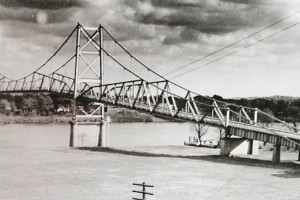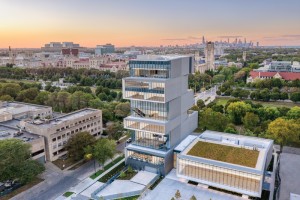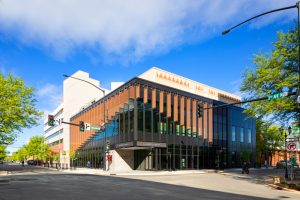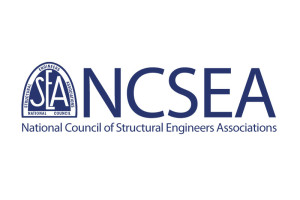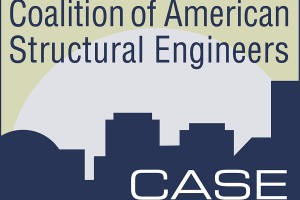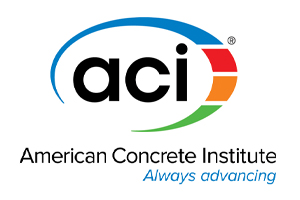Upon hearing I was retiring, my Cal Berkeley friend and colleague, John Dal Pino, Chair of the STRUCTURE magazine Editorial Board, asked if I would share some thoughts about my nearly 40 years (WHAT? – how did that happen?) practicing as a Structural Engineer. He suggested many topics, and these were the ones that resonated most with me.
…Yearly Archives : 2022
The Silver Bridge across the Ohio River connecting Point Pleasant (West Virginia) and Gallipolis (Kanauga, Ohio) was opened to traffic on May 30, 1928, along with a sister bridge connecting St. Mary’s (West Virginia) and Gallipolis (Ohio), also across the Ohio River. It was called the Silver Bridge due to the color of paint used and was built just north of the intersection of the Kanawha River with the Ohio River. They were both vehicular bridges built as toll bridges by the Gallia County Ohio Bridge Company. The federal government’s approval was required, and bills were submitted to House and Senate for consideration. In December 1926, The Corps of Engineers informed the Bridge Company they must, in accordance with the act, submit a “plan of the bridge showing the length and height of spans; width of draw openings; position of piers, abutments, fenders, etc.”
…The David Rubenstein Forum at the University of Chicago is a new center for intellectual exchange, scholarly collaboration, and special events. The 97,000-square-foot facility consists of a 2-story podium and a 10-story tower of stacked “neighborhoods” with a zinc-and-glass exterior. A 285-seat auditorium sits above the podium, and a large multipurpose space on the 2nd Floor, called the University Room, can accommodate groups of up to 600 people. The top of the tower features a flat-floor multipurpose space and offers stunning views of the campus, the Midway Plaisance, the city skyline, and Lake Michigan.
…The historic Alberta Bair Theater renovation was an exercise in forensic investigation, creative detailing and problem-solving, and construction coordination. Lack of original drawings, combined with a previous remodel, required extensive field research to document existing construction and load paths. Close coordination during construction was necessary to validate designs and deliver final details. Due to rigging capacities, the theater was also at risk of not booking new acts. Creative structural solutions were implemented to nearly triple the technical rigging capacity of the theater, all while reducing the net loading on existing members.
…In 2003, the Structural Engineering Certification Board (SECB) was established with a simple mission with three straightforward goals: Promote structural engineering licensure (SE) in all jurisdictions; determine the unique and additional qualities (beyond a professional engineering license) necessary to practice structural engineering; and provide the engineering profession, the public, and other stakeholders with a way to identify engineers with these unique and additional qualifications. Originally formed through a group of past presidents of the National Council of Structural Engineers Associations (NCSEA) as an interim step towards SE licensure, SECB eventually became a financially stable organization with certificate holders in all 50 states and a roster of more than 1,200 certified structural engineers. While states would not initially recognize this new SECB certification, the vision was to create momentum within the structural engineering community for higher credentialling that would serve as a model or bridge for SE licensure adoption in more states.
…The NCSEA Diversity in Structural Engineering Scholarship was established by the NCSEA Foundation to award students who have been traditionally underrepresented in structural engineering (including but not limited to Black/African Americans, Native/Indigenous Americans, Hispanics/Latinos, and other people of color).
…Friday, April 29, 2022 – 4:30 pm EST
…Did you know? CASE has tools and practice guidelines to help firms deal with a wide variety of business scenarios that structural engineering firms face daily. So whether your firm needs to establish a new Quality Assurance Program, update its risk management program, keep track of the skills their young engineers are learning at each level of experience, or need a sample contract document – CASE has the tools you need!
…The American Concrete Institute has released the 2022 ACI Collection of Concrete Codes, Specifications, and Practices.
…This morning, AISC announced the winners of the steel industry’s highest design honor: the Innovative Design in Engineering and Architecture with Structural Steel (IDEAS2) Awards. This year’s most outstanding projects range from a cutting-edge skyscraper to an elegant staircase in a private home. Regardless of scope, they are all inspiring!
…

